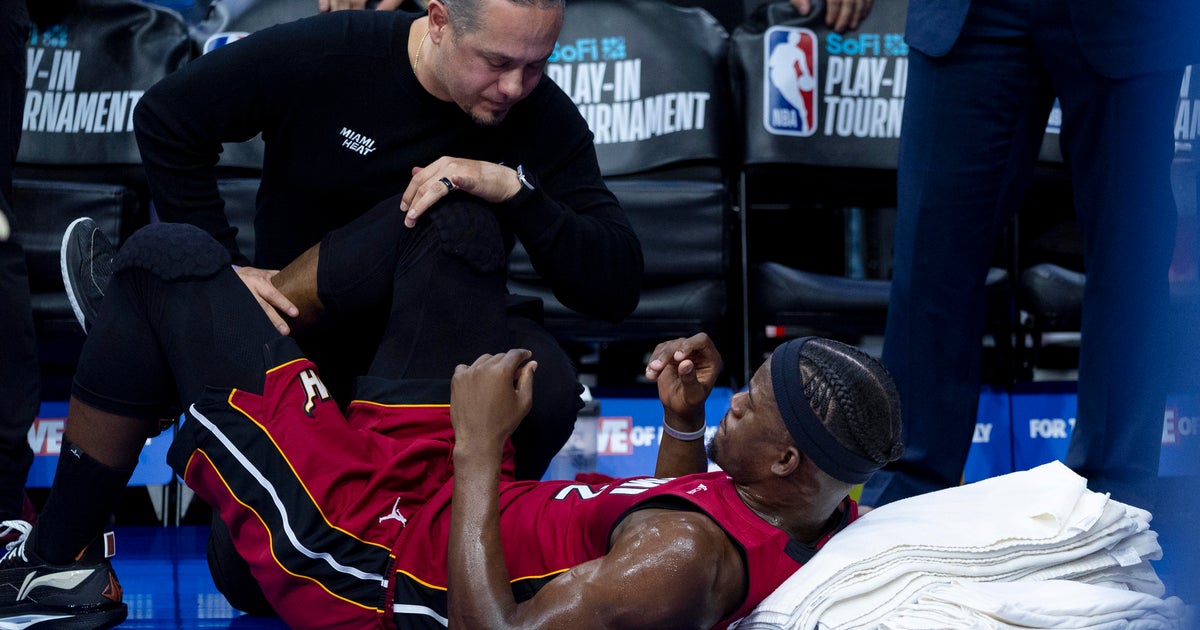How To Prepare Your Boat For A Storm
Follow CBSMIAMI.COM: Facebook | Twitter
MIAMI (CBSMiami) – Boating is a way of life in South Florida which is why we are considered the boating capital of the world but now all those boaters need to know the basics of boating safety during a big storm. The most important lesson to remember is not to wait until the hurricane flag flies. The biggest mistake is waiting too long.
"If you plan ahead you should be fine," said Roy Billesbach, a South Florida boater who is fully prepared. He lives on Biscayne Bay. When a big storm rolls in, the water at his home can rise a couple of feet.
When Superstorm Sandy was more than 300 miles off our coast, the water filled half his backyard, so he's not taking any chances.
"Wait too long and the hurricane takes a detour directly at us, then you've got a real problem of a bottle neck at some of the marinas, trying to get your boat out of the water and a traffic jam."
Roy knows he needs to take care of the boat early on, so he can focus the last 24 hours prior to the storm on his home and family.
He says you have to remove everything that would cause wind resistance or could be picked up from the high winds and tossed around such as sails, booms, antennas, buckets and chairs both on your boat and the dock.
Gary Sprague owns six boats docked at Pelican Bay Marina in North Bay Village.
"I've been through five hurricanes and the biggest one being Hurricane Andrew, and my race sail boat tipped over on my wife's car in the driveway, so you have to respect mother nature," recalled Sprague.
He also says the key is being prepared. One of the biggest concerns for a boat owner is the tide surge. Tying it too tight would be a huge mistake.
"You need lots of rope prior to a hurricane and it's important you get the proper type of rope that will stretch," explained Sprague.
His neighbor at the marina explained why he's securing the lines on his vessel with much more slack.
"I'm putting extra bumpers and extra lines, a little softer than those other ones so if the waves go up and the tide goes really high, they don't break," said boat owner Frederico Porri.
A good rule of thumb: Storm lines should be at least as long as the boat itself.
If your boat is easily trailerable, store it ashore, far from the danger of high water. But be sure to check the trailer to make sure it's in good operating condition. Check the tires, including the spare, wheel bearings, tow hitch and lights. If you can, put the boat and trailer in a garage or secure them to strong trees or a "deadman" anchor.
If you boat must stay in the water, berth it at a dock with sturdy pilings, and double the mooring lines. You can anchor your boat in a protected harbor where the bottom allows a good anchor hold or moor it at a Hurricane Hole, which are deep narrow coves or inlets surrounded by sturdy trees which block the wind and provide a tie-off for anchor lines.
- Click here for ways to prepare yourself for an impending storm from the CBSMiami.com Hurricane Preps page
- Click here for the latest news surrounding hurricanes and the National Hurricane Center
- Click here to see all of the latest maps when a storm forms in the Atlantic
- Click here to download the CBS4 2016 Hurricane Guide (English)
- Click here to download the CBS4 2016 Hurricane Guide (Spanish)
- Click here for Live Weather Blog
- Download CBS4 Weather App



